Continuous Construction of a Parafoil Kite Using Seven Woven Layers
Rachael Janet Sanders[1], Hull School of Art and Design
Abstract
This article examines the construction of a parafoil kite in one continuous piece. The cut-and-sew method of construction is currently used for the assembly of kites; however, this is a highly wasteful process and also increases production time. The kite I have designed and woven has the potential to create almost no waste and to reduce production time which will in turn reduce the environmental footprint of the product at manufacture. This article will discuss the differences between the two construction methods: cut and sew and single-piece construction. The methods used to achieve the final design will also be reviewed.
Keywords: Innovative design, multiple cloth weaving, technical weaving, zero-waste manufacture, product, process and system design, textiles.
Introduction
Parafoil kites are constructed using the cut-and-sew method. As the name suggests, pattern pieces are first cut from material, then sewn together in order to construct the necessary shape. This method is very wasteful as it requires pattern pieces to be placed in a particular direction; as a result any fabric between these pieces becomes waste. The continuous construction method has the potential to create almost no waste and reduce production time, which will in turn reduce the environmental footprint of the product at manufacture.
This article will comprise four sections. Firstly I will consider the reasons for carrying out this research, examining the differences between the cut-and-sew method and continuous production with a focus on how they differ from an environmental perspective. Next I will discuss the research and design process of the continuous-constructed kite, from the early stages of the concept through to key features of the kite design. The discoveries made via experimentation throughout the design process and how these have affected the overall design of the kite will then be analysed. Finally, I will consider the limitations and the potential ways these could be overcome, as well as possible developments of the design.
Background
Textile manufacturing processes vary; however, many products are constructed using a process which is referred to as the cut-and-sew method.
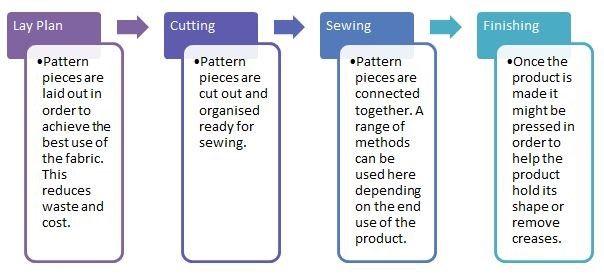
Figure 1: A flow diagram to show the cut-and-sew method (developed from information discussed in Cresswell, 2001: 106-07).
When a product is manufactured the different pattern pieces are placed in a manner designed to reduce waste and to use the material sparingly. In addition to fabric usage, the grain and any pattern on the fabric is considered. This process wastes '10 to 20 percent of the total fabric used' (Rissanen, 2008: 184). When manufacturing a kite the fabrics used are generally plain, and the design is created using various panels of colour. This is due to the importance of directional strength, which is achieved through positioning the pattern pieces so that the grain of the fabric runs parallel along the leading edge of the kite which will take most of the wind's force (Eden, 1998: 75-76). The pattern pieces used to construct a kite are generally more difficult to position than those of a garment because the grain is required to pass across the pattern piece, rather than being perpendicular or parallel to the shape of the pattern piece. As a result the pattern pieces become more difficult to tessellate in order to use the minimum quantity of fabric. Therefore, more fabric is wasted, and the cost is increased as more fabric is used. The higher volume of waste also increases the product's environmental impact. An example of how pattern pieces might be placed, depending on the directional strength of a kite, is shown in Figure 2.
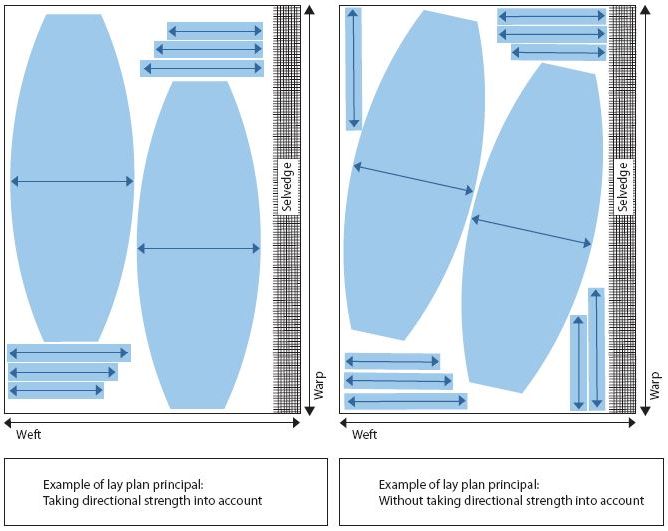
Figure 2: A diagram to show how lay planning differs depending on the directional strength required (developed from information discussed by Eden, 1998: 75-76).
A parafoil kite has no additional frame to provide structure. It gains lift by trapping air in a series of tube-like cells which inflate when the kite is flown. A bridle is used to guide the kite; it also gives the kite its curved shape and ensures that the kite is at the right angle to take in air (Eden, 1998: 31).
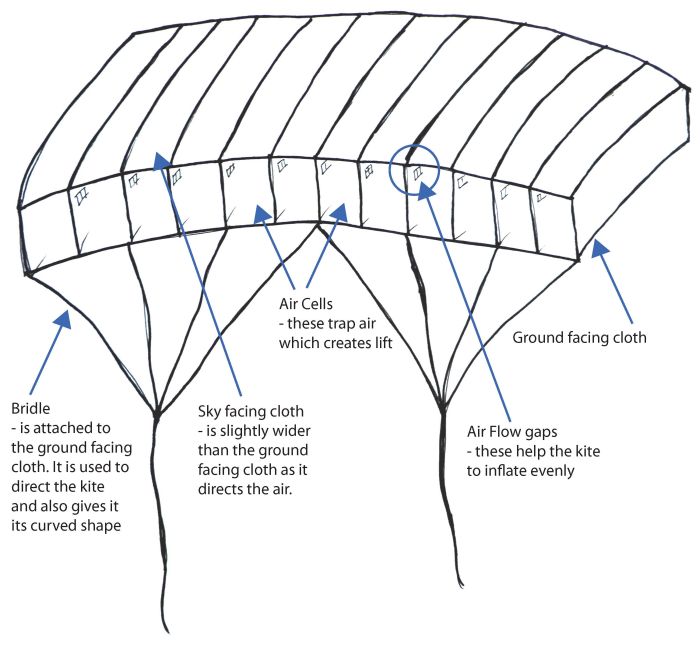
Figure 3: A labelled diagram of a parafoil kite (developed from information discussed by Eden, 1998: 18, 272-78)
By exploring existing parafoil kite constructions I questioned whether a different method of production could be achieved to reduce waste in the construction process. A technique called double cloth, the process of weaving two parallel but separate cloths at the same time, became a focus of investigation. The cloths can be woven together as a single cloth or separately as two cloths with the option to connect them at any time (Arn-Grischott, 1999: 29); this includes intersecting, whereby the top cloth becomes the bottom cloth and vice versa. This led to the exploration of triple cloth, a three-layer cloth (Figure 4) with a view to developing a method for continuous construction.
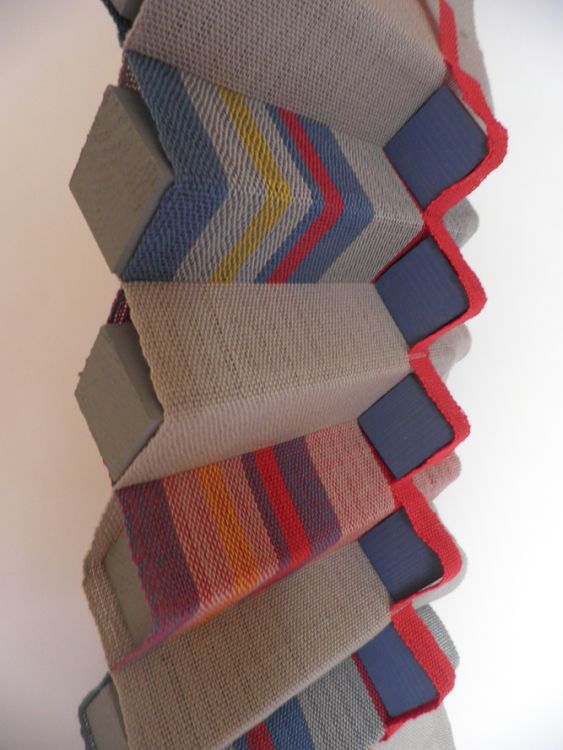
Figure 4: A photograph of woven triple cloth exploration (author's own collection).
Initially the research aimed to answer the question, 'Can a parafoil kite be produced in one continuous piece?' This question addressed the systems used in textile product manufacture. However, as the research progressed, further questions were raised in relation to the product itself and the process by which it would be constructed.
Questions related to the product design became increasingly specific. First these concerned the overall construction of the kite; for example, should a keel be used, a small triangular piece at either end of the kite that sets the angle at which the kite will fly (Eden, 1998: 18)? What style of bridle should be used and how many attachment points would this require? How many air cells are needed for maximum inflation? Next the material being woven was considered: this required consideration of what fibre was most appropriate for a kite and how tightly the cloth needed to be woven.
In response, the questions regarding how the kite would be constructed became more complex. How many cloths would be needed to construct the kite? Could the number of cloths be accommodated on the loom and how could the air flow gaps be constructed? As a result further and more detailed research was needed and these issues were explored next in order to answer the initial research question: can a parafoil kite be constructed in one continuous piece?
Research and the design process
In order to address the questions, product research was conducted. Six existing kite designs were analysed and compared: a 'Rhombus sports manoeuvrable kite' and a handmade parafoil kite owned by the author; 'HQ Symphony Beach II' and 'HQ Symphony Speed' (Sky High Kites, 2013), 'Radsail Pro' (Hi Fly Kites, 2013) and 'Vibe II' (The Highwaymen Kites, 2012). Note was taken concerning the type of bridle used; whether or not a keel had been used; what fibre the fabric of each kite was woven from and the number of air cells in relation to the size of the kite.
Observation was made that only one of the six kites had a fabric keel, and as such the decision was made not to include the feature, especially as the same result could be achieved in the way that the bridle was set up. This choice was reaffirmed by Eden who states that 'the primary advantage of a bridle system is that the tow point can be easily adjusted for prevailing wind conditions' (Eden, 1988: 18). Another key feature of the construction is the number of air cells in relation to its size. Figure 5 indicates that the number of air cells increases depending on the size of the kite. It should have a minimum of 12 and if more than this is required, the number should be even.
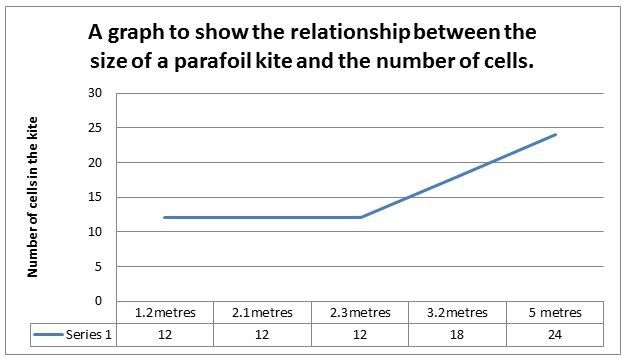
Figure 5: A graph to show the relationship between the size of a parafoil kite and the number of air cells.
As a result of the research, development of preliminary designs was possible. These were created using greaseproof paper and a sewing machine (Figure 6). From the design models, methods of weave construction could be considered ensuring that none of the features were overlooked.
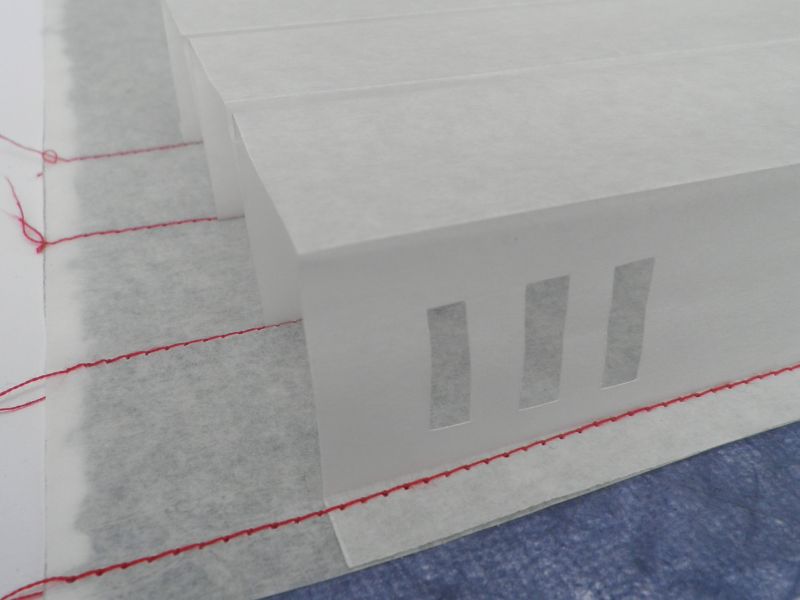
Figure 6: A photograph of initial modelling to aid development of the construction method (author's own collection).
Multiple methods to achieve the air flow gaps were recognised. These included cutting away a small gap by hand; devoré; Danish medallions; and floats. After considering each of the techniques through the production of small samples, it became clear that cutting the fabric would not be an option as it would create too much instability, not to mention the highly intricate nature of cutting each cell wall without damaging another layer. The problem of intricacy was also present when using devoré (a technique that works by applying a chemical solvent to the fabric). If the fabric is constructed using more than one fibre, the solvent can be used to dissolve the most sensitive, therefore creating a more open structure (Kadolph, 2010: 401). As a result, if a single fibre had been used to construct the kite, this would risk damaging other areas; and if a fibre blend had been used, only a small amount of airflow would be increased as there would still be a layer of fabric woven where the air gap was intended, due to one of the fibres remaining. Danish medallions are a hand manipulation technique where an additional yarn is pulled tight and thus creates gaps in the weave structure (Patrick, 2010: 48). However, these are too small to have any considerable effect in increasing air flow. For this reason, floats – the process of leaving the warp or weft unwoven in a particular area – was the chosen construction method, as they could be woven without additional work, due to being built into the pattern, and could also provide a noticeable difference in air flow.
At this stage it was also important to consider fibre choice. The six kites investigated were made using nylon or polyester, both of which are synthetic oil-based fibres (Miller, 1968: 48). Due to the continuous construction of the kite creating almost no waste in comparison to the 10 to 20 percent created through the cut-and-sew method (Rissanen, 2008: 184) the design would be more environmentally friendly. It was decided that this aspect should be taken further by investigating natural or regenerated fibres that could be broken down into reusable nutrients without the need for additional chemicals when the kite was no longer wanted.
Pelham highlights the use of silk, a natural fibre, stating that 'silk was being produced in China as early as 2600 BC and as bamboo cane was in abundance it does not seem an unreasonable conjecture that kites were being flown by the Chinese around 1000 BC' (Pelham, 1977: 8). This suggested that silk was a suitable fibre choice. However, through investigation of existing products it was determined that the most appropriate fibre for a kite has the following properties: high tensile strength, as this help the fabric to respond to the varying wind currents without snapping; a low air permeability, in order for the air cells to trap the air which allows the kite to inflate and as a result gain lift; good resistance to sunlight so that the fabric does not perish; and a low weight, resulting in less force being needed to achieve lift. Therefore experiments were conducted to ascertain which fibre would be most suitable.
Experiments, results and analysis
Two experiments were conducted in order to determine the best fibre and fabric construction for the kite. The first quantified the tensile strength of various fibres: how much force can be applied without the yarn snapping. The second measured the air permeability of different fabrics: how much air can pass through the fabric. In addition to these experiments, resistance to sunlight and weight were considered as these are important in relation to the longevity of the kite and it gaining lift more easily.
Taylor explains that 'the tensile strength of yarn can be found by attaching one end of the yarn to a spring balance and gradually increasing the pulling force which is applied' (Taylor 1999: 15). In this instance a similar experiment was conducted using the front and back beam of a loom. Yarn was tied between the beams and one of the beams was turned gradually to increase the tension while the other beam remained static. As the beam being turned used a notch system, the number of turns before the yarn snapped was used as a means of comparison. The yarn tested was of the same length, and the experiment was repeated three times so any anomalies could be highlighted. An air permeability experiment was done simply by using a hair dryer, a taut piece of fabric and a wind speed metre. The hair dryer was set at a constant speed for each sample and the distance between all the apparatus was constant. Again this experiment gave data that was of a comparative nature, which for the purpose of the design process was adequate in order to inform the choice of how and from what fibre the kite should be woven.
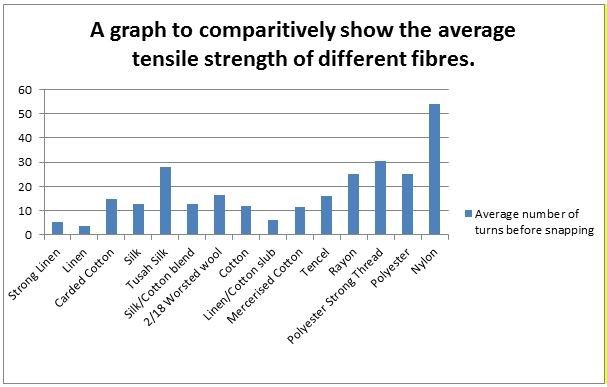
Figure 7: A graph comparatively showing the average tensile strength of different fibres.
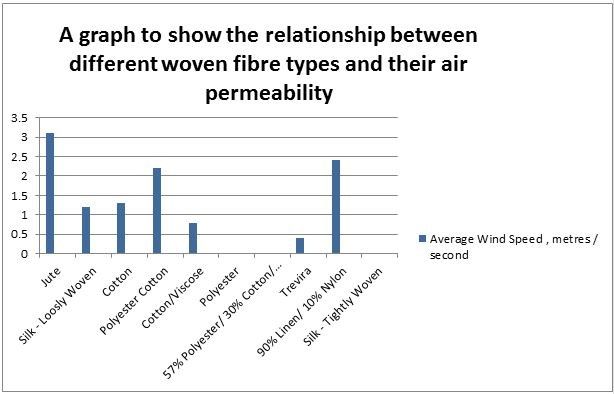
Figure 8: A graph showing the relationship between different fabric samples and their air permeability.
The data gathered from both experiments indicated that the most suitable of the natural fibres is silk, compared with jute, cotton and linen. This was a promising result as polyester, a synthetic fibre often used in kite manufacture, gave similar results in the tensile strength experiment and the same result in the air permeability experiment. Furthermore, in the air permeability experiment two samples were made from the same fibre but constructed differently, tightly woven and loosely woven silk. This indicated that the fabric used should be woven as tightly as possible. Combining these results and the information gathered through research and practical exploration it was possible to construct the kite (Figure 9) and fly it (Figure 10).
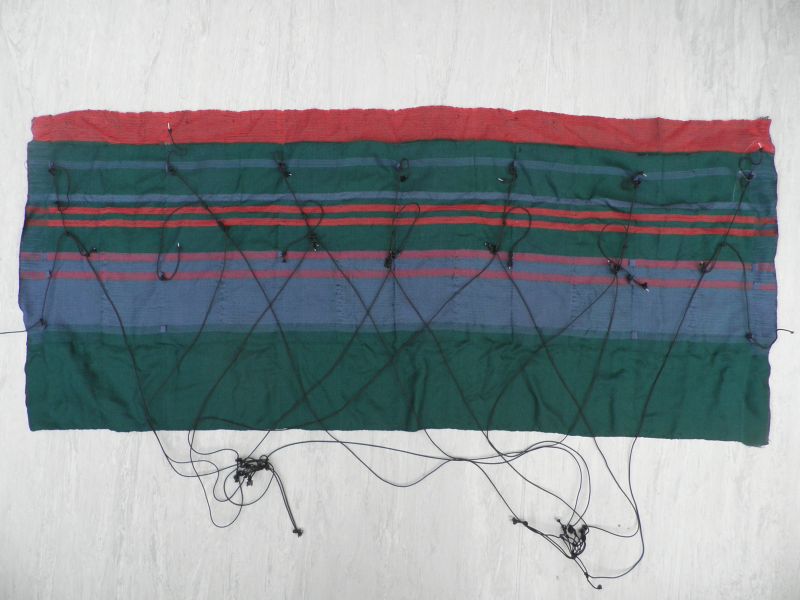
Figure 9: A photograph of the finished prototype kite (author's own collection).
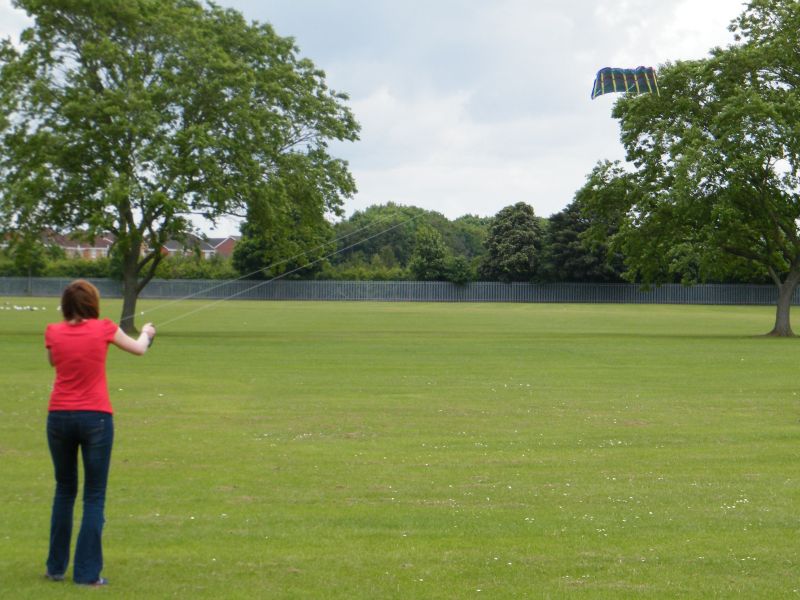
Figure 10: A photograph of the prototype being flown (author's own collection).
Limitations and Possible Developments
As the design is at a prototype stage there is still much to be explored. If the kite was to be made in industry the construction of the kite might have to be developed in order for it to be produced on fewer beams. At present it requires two, and most power looms used in industry only have one (verbal discussion with C. Day, 23 August 2013). Also the pleats used to create the air cells would need to be reworked, as the process used to create the prototype requires pinning or stitching the cloth temporarily so that a suitable amount of tension can be gained without pulling the fabric away from the piece to which it is being connected.
Limitations also existed within the experiments. Booth explains there are a variety of different ways to test tensile strength which all yield different types of result (Booth, 1968: 325). On this small scale the experiments appeared to work; however, it could be argued that they were too simplified and that results were unreliable due to the small number of samples. The air permeability experiment could have been undertaken in a more accurate fashion using the Shirley apparatus again explained by Booth (1968: 250). In this experiment the pressure of the air which is able to pass through a fabric sample is recorded. As the apparatus used for this experiment is much more sensitive a wider range of readings could have been achieved, therefore making the analysis more accurate. Given time the experiments could also have been repeated using a selection of yarns and fabrics that had been hand woven; this may have furthered the understanding of the desired properties and enabled further development before making the prototype.
As stated time was a key limitation in the experimental stages of the research; however, it also restricted the amount of contextual research that could be done. This could be the next avenue of investigation, in order to gain wider knowledge of products that have similar goals to the kite, for example 'Issey Miyake and Dai Fujiwara launched A-POC (A Piece Of Cloth)'; this is a method of garment construction where the consumer buys a piece of cloth and using guides cuts away part of the fabric tube to form a garment (Rissanen, 2008: 189). Similarly to the continuous construction of the kite, A-POC creates no waste during manufacturing. However waste is still created as the consumer cuts away the desired parts of the cloth tube (Rissanen, 2008: 189). Through further investigation of the A-POC method, inspiration could be gained that enables my design to be developed. This could be in terms of how the kite itself is made, or perhaps building knowledge of where to source machinery that could support this method of construction.
Another possible development of the design itself could be the use of pemotex, 'a polyester yarn that becomes rigid after heat treatment' (The Yarn Purchasing Association, no publication date). Initial tests show that the fibre becomes slightly more fibrous and tacky when heated. As a result the pemotex and silk bond to each other and become more rigid; it also appears to reduce the amount of air which passes through. This could potentially improve the performance of the kite; however, research may be required to see how well pemotex decomposes if the environmental aspect of the design was to be maintained.
Conclusion
Through the design process it has become clear that multiple cloths have a range of practical applications, the parafoil kite being just one of them. At this stage it is clear there is still room for improvement; however, if this innovative technique is developed further and can be used in industry, it could reduce the overall production time. Through less waste being produced, coupled with the use of natural fibres, there is also potential to make this form of manufacturing much more environmentally friendly than current methods. In turn these factors would reduce the cost of manufacturing, creating a more environmentally and economically sustainable product.
List of Figures
Figure 1: A flow diagram to show the cut-and-sew method (developed from information discussed in Cresswell, 2001: 106-07).
Figure 2: A diagram to show how lay planning differs depending on the directional strength required (developed from information discussed by Eden, 1998: 75-76).
Figure 3: A labelled diagram of a parafoil kite (developed from information discussed by Eden, 1998: 18, 272-78)
Figure 4: A photograph of woven triple cloth exploration (author's own collection).
Figure 5: A graph to show the relationship between kite size and the number of air cells.
Figure 6: A photograph of initial modelling to aid development of the construction method (author's own collection).
Figure 7: A graph comparatively showing the average tensile strength of different fibres.
Figure 8: A graph showing the relationship between different fabric sample and their air permeability.
Figure 9: A photograph of the finished prototype kite (author's own collection).
Figure 10: A photograph of the prototype being flown (author's own collection).
Notes
[1] Rachael Sanders is currently studying the final year of her MA, researching and exploring performance textiles. At present her practice investigates natural elasticity which can be developed and implemented within the industrial textile sector.
References
Arn-Grischott, U. (1999), Doubleweave on four to eight shafts: ideas for weaving double & multilayered fabrics, Loveland: Interweave Press
Booth, J. E. (1961), Principles of textile testing: an introduction to physical methods of testing textile fibres, yarns and fabrics, third edition, London: National Trade Press Ltd
Cresswell, L. (2001), Textiles at the Cutting Edge, London: Forbes Publications
Eden, M. (1998), The magnificent book of kites: explorations in design, construction, enjoyment & flight, New York: Sterling
Kadolph, S. (2010), Textiles, eleventh edition, Hemel Hempstead: Pearson
Mehta, P. V. (1992), An introduction to quality control for the apparel industry, Wisconsin: ASQC Quality Press
Miller, E. (1968), Textiles: properties and behaviour, London: B T Batsford
Patrick, J. (2010), The weaver's idea book: creative cloth on a rigid-heddle loom, Loveland: Interweave Press
Pelham, D. (1977), The Penguin Book of Kites, London: Penguin
Rissanen, T. (2008), 'Creating Fashion without the Creation of Fabric Waste', in Hethorn, J. and C. Ulasewicz (eds), Sustainable fashion – why now?: a conversation exploring issues, practices, and possibilities, New York: Fairchild, pp. 184-206
Taylor, M. A. (1999), Technology of textile properties, third edition, London: Forbes Publications
Details of kites and materials used
Hi Fly Kites (2013), 'Radsail Pro kite', available at http://www.hiflykites.co.za/kite-online-shop/power-kite-rad-pro6.htm, accessed 21 April 2013
The Highwaymen Kites (2012), 'Vibe II kite', available at http://www.thehighwaymen.co.uk/PBSCProduct.asp?ItmID=9915967, accessed 21 April 2013
Sky High Kites (2013), 'HQ Symphony Beach II kite', available at http://www.skyhighkites.co.uk/shop/product/696/HQ-Symphony-Beach-II-2,1M-Power-Kite.html, accessed 21 April 2013
Sky High Kites (2013), 'HQ Symphony Speed kite', available at http://www.skyhighkites.co.uk/shop/product/2075/HQ-Symphony-Speed-3,2m-Power-Kite.html, accessed 21 April 2013
The Yarn Purchasing Association (no publication date), 'pemotex', available at http://www.yarn.dk/gb/product/07-4010-b-pemotex-625/, accessed 21July 2014
To cite this paper please use the following details: Sanders, R. (2014), 'Continuous Construction of a Parafoil Kite Using Seven Woven Layers', Reinvention: an International Journal of Undergraduate Research, Volume 7, Issue 2, http://www.warwick.ac.uk/reinventionjournal/issues/volume7issue2/sanders Date accessed [insert date]. If you cite this article or use it in any teaching or other related activities please let us know by e-mailing us at Reinventionjournal at warwick dot ac dot uk.